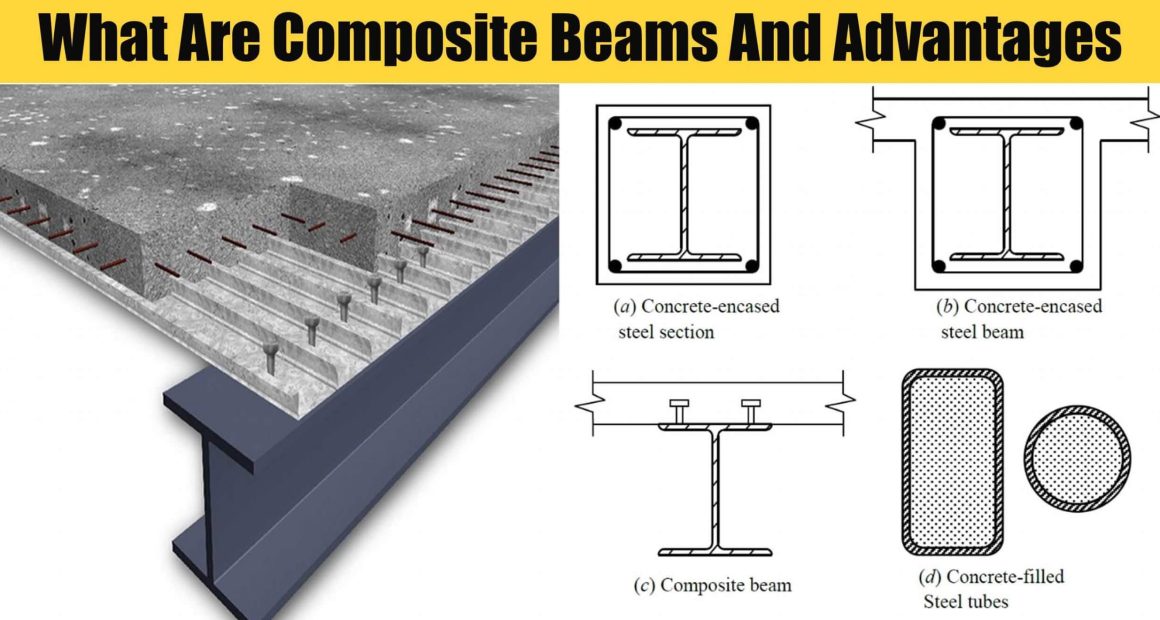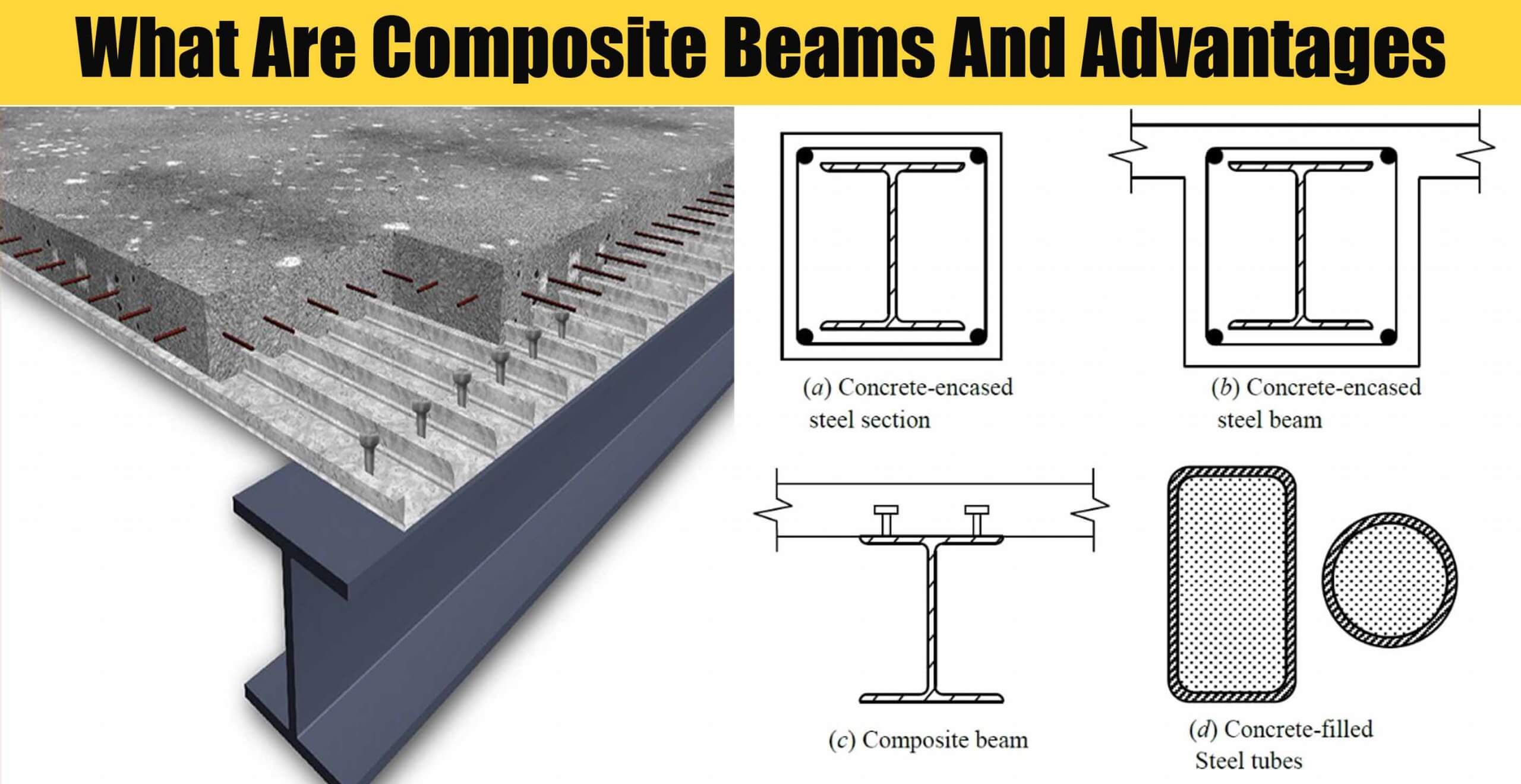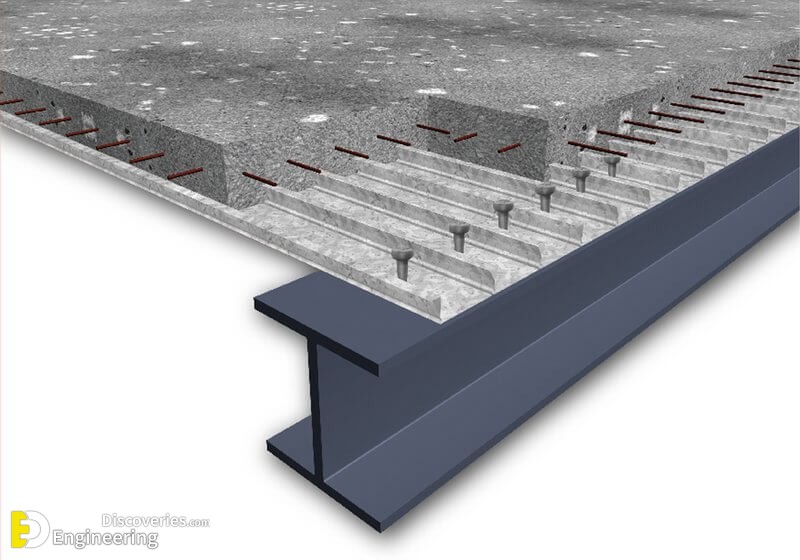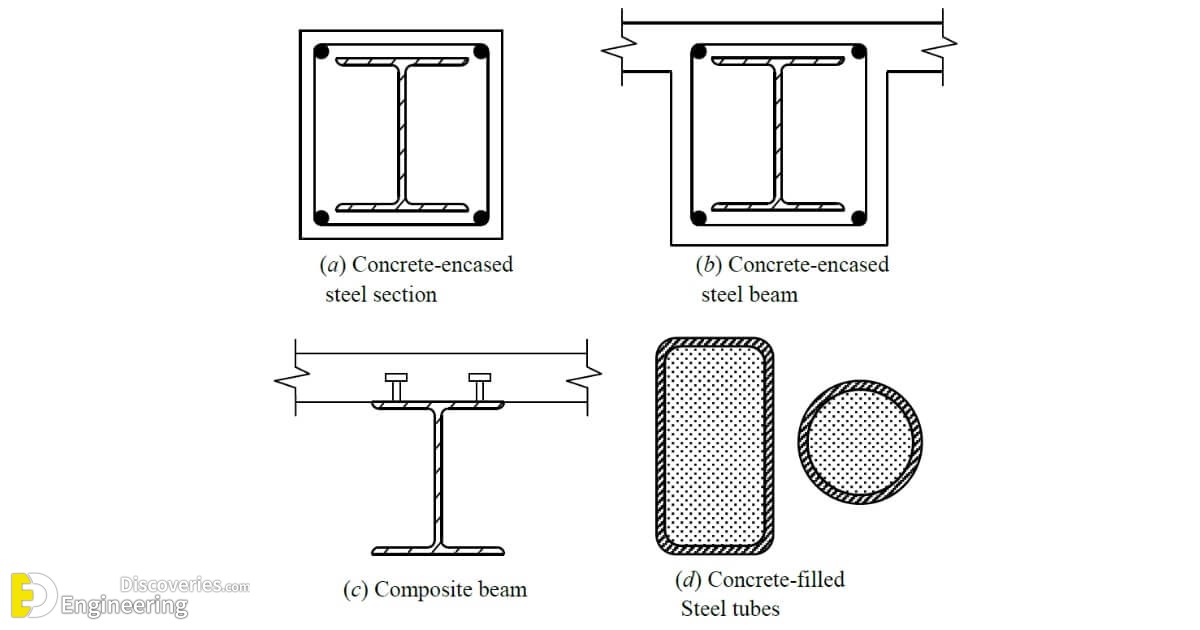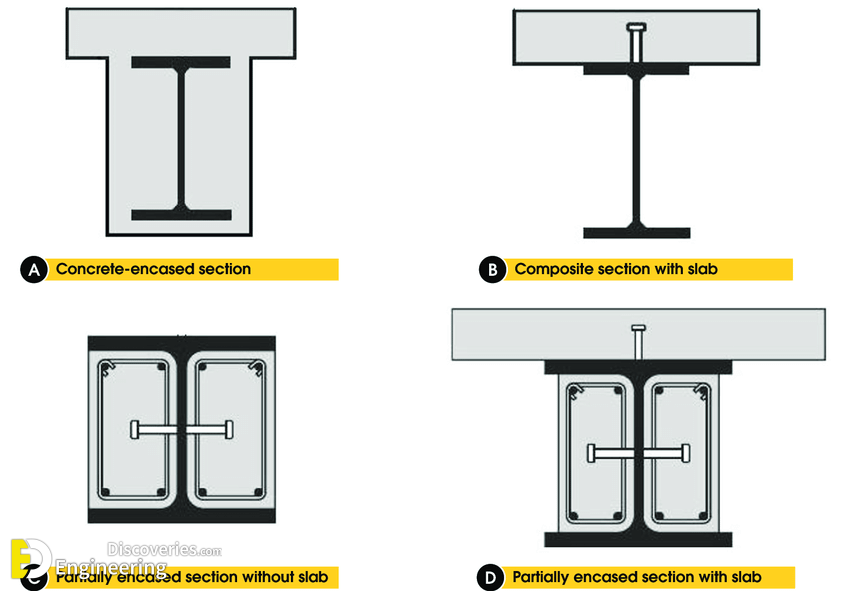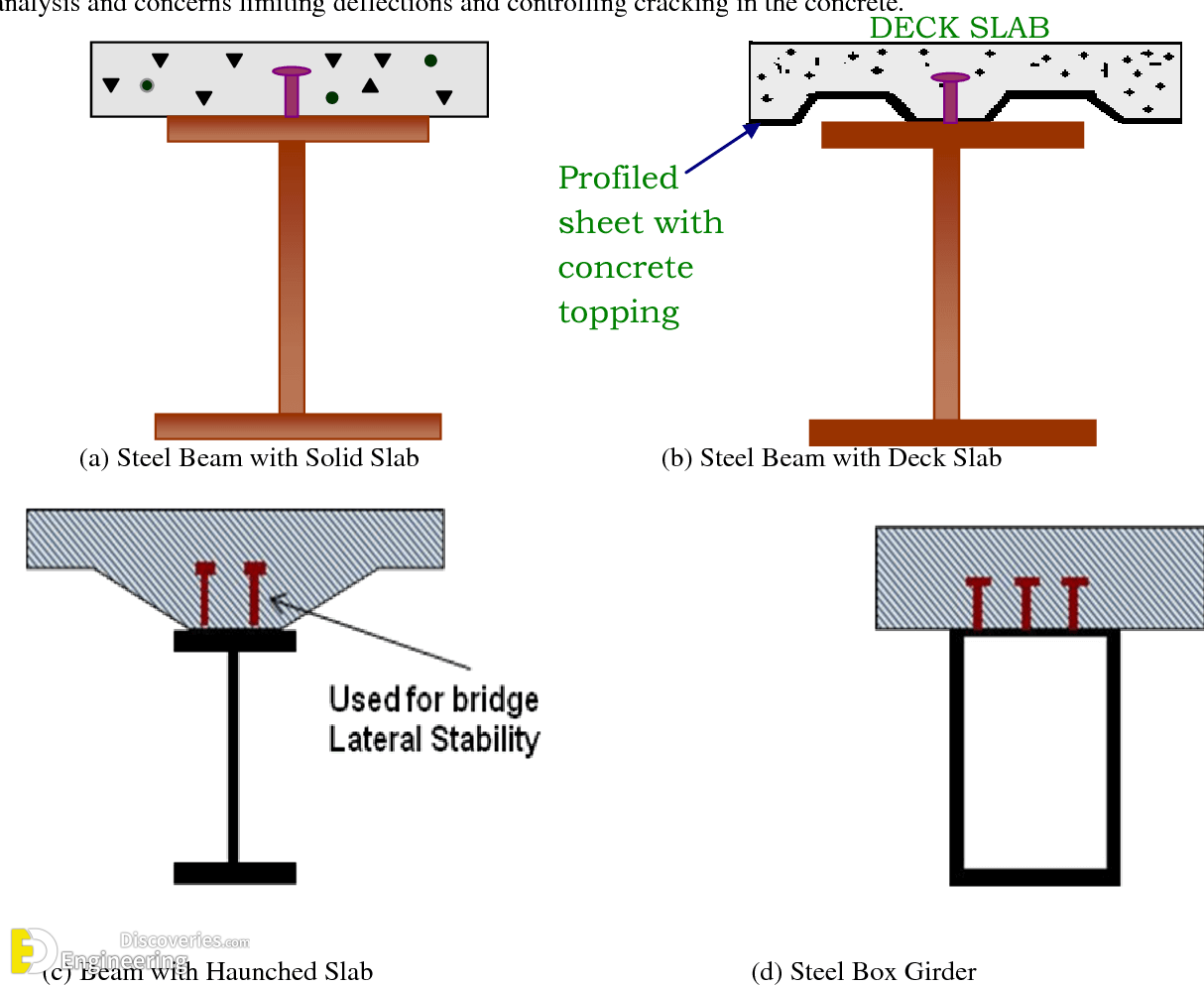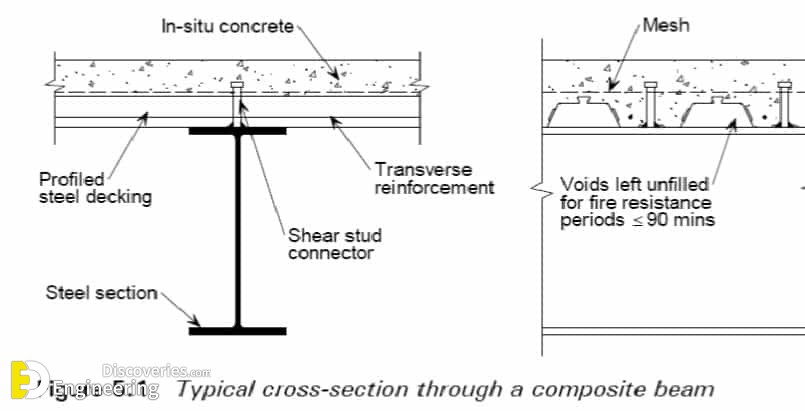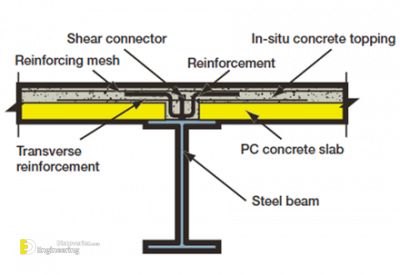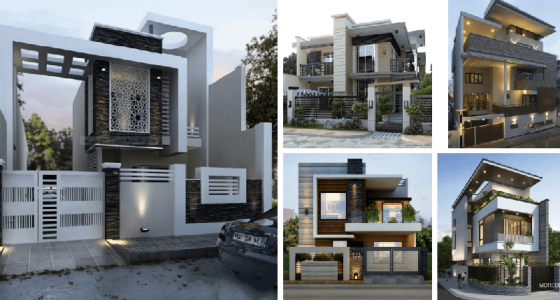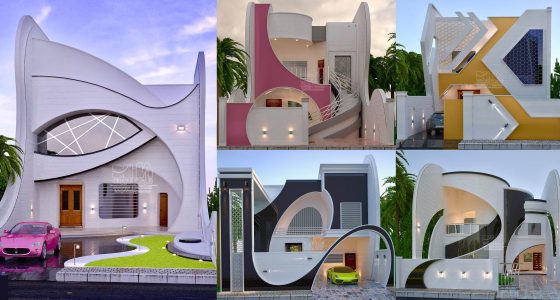1- Increased strength for a given cross-sectional dimension.
2- Concrete and steel are utilized effectively.
3- Good fire resistance in the case of concrete-encased beams.
4- Corrosion protection in encased beams.
5- Significant economic advantages over either pure structural steel or reinforced concrete alternatives.
6- Identical cross-sections with different load and moment resistances can be produced by varying steel thickness, concrete strength, and reinforcement. This allows the outer dimensions of a beam to be held constant, thus simplifying the construction and architectural detailing.
7- Concrete encased steel beams are also stronger in resisting impact loads.
8- More economical steel section is used in composite construction than conventional non-composite construction for the same span and loading.
9- The depth and weight of the steel beam required is reduced. So, the construction depth also reduces increasing the headroom of the building.
10- Composite beams have higher stiffness, thus it has less deflection than steel beams.
11- Composite beams can cover for large space without the need for any intermediate columns.
12- Composite construction is faster because of using rolled steel and pre-fabricated components than cast-in-situ concrete.
13- Encased steel beam have a higher resistance to fire and corrosion.
